Breeding exhibition budgies demands more than just passion— it requires a solid strategy, meticulous care, and resilience against challenges. In this second part of our exclusive interview with renowned breeder Ladislav Groda, we dive deeper into the realities of large-scale exhibition budgie breeding. From managing hundreds of birds across multiple locations to overcoming sabotage and health issues, Groda shares practical tips for aspiring breeders. Whether you’re scaling up your aviary or refining your pairs for shows, these insights on exhibition budgie breeding can elevate your success.
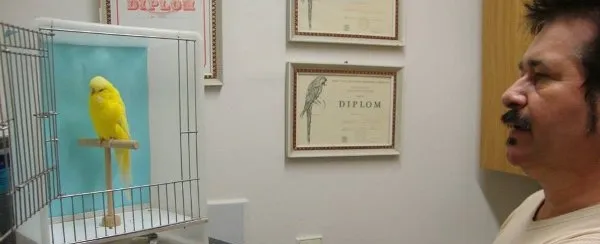 Ladislav Groda: You need to have a good strategy to be a successful breeder of exhibition budgies PART II
Ladislav Groda: You need to have a good strategy to be a successful breeder of exhibition budgies PART II
Scaling Up: Production and Selection in Exhibition Budgie Breeding
In a strong breeding season, Ladislav Groda produces around 1,100 young exhibition budgies. He retains at least 600 for his own stock, accounting for natural losses, and sells the remainder. “The birds I keep don’t need to be visually perfect, but they carry superior genetics,” Groda explains. Valuable lineages allow him to retain even weaker females, as perfect-looking pairs often underperform in breeding. The key is balance: visually stunning champs may lack breeding vigor, while “weaker” birds prove more prolific.
From these 600, he selects 100-150 for shows—about one-fifth of his offspring. This selective process underscores a core principle in exhibition budgie breeding: quantity supports quality through rigorous culling.
Groda manages 165 breeding cages at home, 33 at work, and 40 in Opava, totaling 240 pairs. “Someone with 20-24 cages might take 10 years to match my annual output,” he notes. Daily care at home alone takes 5-8 hours, highlighting the commitment required for large-scale operations.
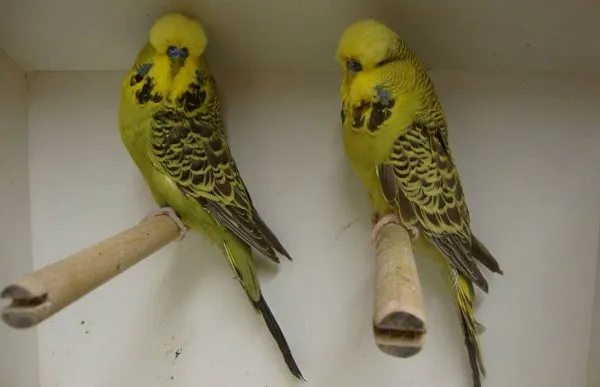 G30
G30
Managing Risks: Multiple Locations and Disease Prevention
Splitting birds across sites minimizes risks like contaminated feed. Groda once lost most of his stock to bad seeds, a setback that forced a rebuild. He also warns of show sabotage: top breeders like Lütolf faced disqualifications due to feather tampering or rule nitpicks, despite flawless birds. “Organizers control outcomes, and success breeds envy,” Groda says. High stakes amplify issues—winning budgies fetch 500 euros or more.
Prevention is tough; birds go to organizers unsupervised. Groda experienced similar injustice in 2002 with ring color disqualifications. Yet he persists, refusing to quit despite disillusioned peers abandoning exhibition budgie breeding.
Holidays? Unthinkable. “My life is budgies,” he laughs. A supportive partner is essential for feeding during illness.
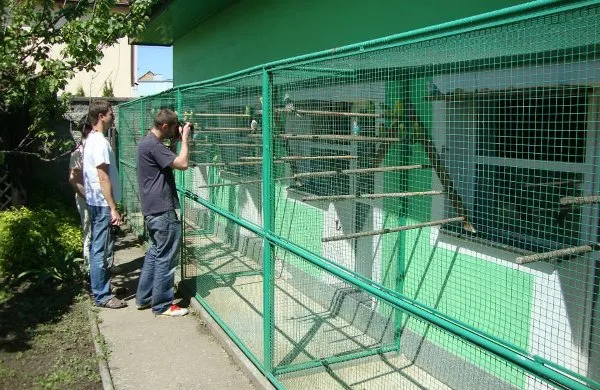 G1
G1
Why Exhibition Budgies Are Fragile: Biology vs. Breeding Goals
Exhibition budgies differ vastly from wild types. Standard budgerigars measure 16-17 cm with agile flight; show birds are 5-10 cm longer, three times heavier, with altered feather structure and metabolism. This domestication trades vitality for aesthetics, shortening lifespans. Defects like chrysanthemum feathering—overgrown plumes draining energy—doom chicks post-fledging. Groda’s longest survived six months.
European shows reveal 80%+ defective birds: flightless “chickens” yielding 20 offspring but lasting 6-12 months before cysts or tumors. Exhibition budgie breeding pushes evolutionary limits, prioritizing visuals over survival.
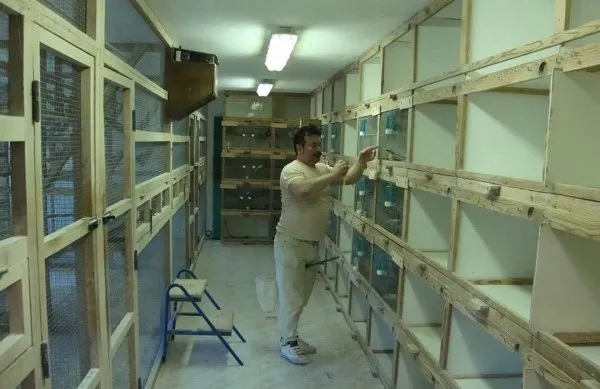 G15
G15
Optimized Feeding for Exhibition Budgie Health and Breeding
Post-2006 poisoning, Groda ditched commercial mixes like Versele-Laga’s Jo Manes for custom blends: millets (green:yellow:red at 3:2:1), Japanese/white millet, oats, and 30% canary seed. Soaked “Rusk” mix includes egg food (Witte Mollen, Orlux, or Quiko), carrots, and vitamins.
Breeding starts a month before Prague’s October ring event, staggering 250 pairs. Clutches vary from 2-10 chicks; extras are fostered, with three per pair retained.
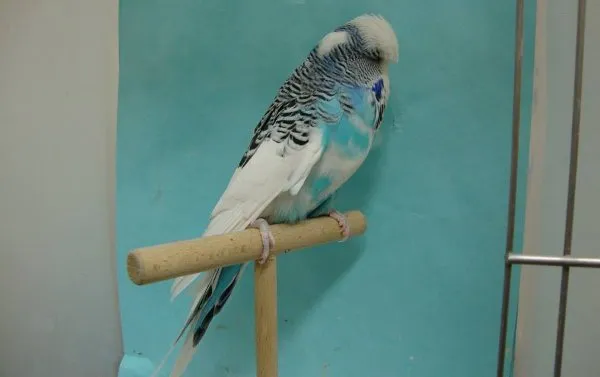 G27
G27
Breeding Challenges: Fertility, Pairing, and Nest Management
Perfect males breed poorly—one chick is a win. Females thrive with age, nutrition, nest boxes, and flock stimulation. Solitary pairs rarely succeed; Groda’s 48 years confirm group dynamics boost fertility.
Low nest boxes protect fledglings from aggressive hens restarting cycles. For reluctant champs: Introduce males first, use vivid substitutes to calm females without copulation, then reunite.
Show “babies” are 30-35 days old, independent but pre-molt.
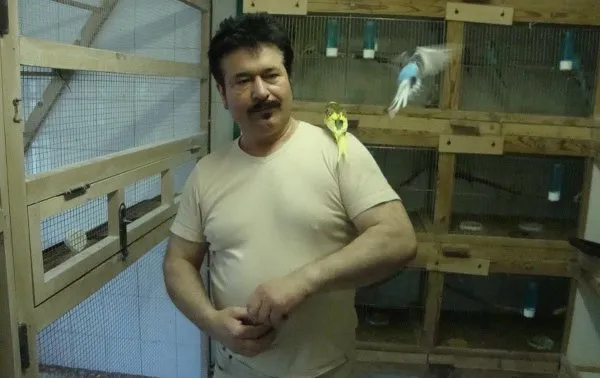 G2
G2
Advice for New Breeders: Strategy Over Spending
Start with a mentor, not money. Groda guided a novice who won C-category with modest birds via smart pairing. “Learn from experienced breeders,” he urges.
Read Part I: Ladislav Groda: Every exhibition budgie has some defects. You just need to reveal them.
Exhibition budgie breeding rewards strategy, resilience, and knowledge over flash. Implement multi-site safety, custom nutrition, and proven pairing to thrive amid fragility and competition. Consult veterans, prioritize genetics, and stay vigilant. Ready to breed winners? Connect with local experts and explore more budgerigar resources on our site.
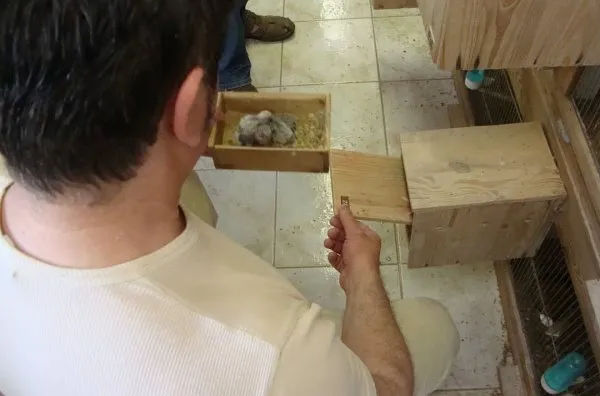 A young exhibition budgie at 30-35 days, ready for shows
A young exhibition budgie at 30-35 days, ready for shows
